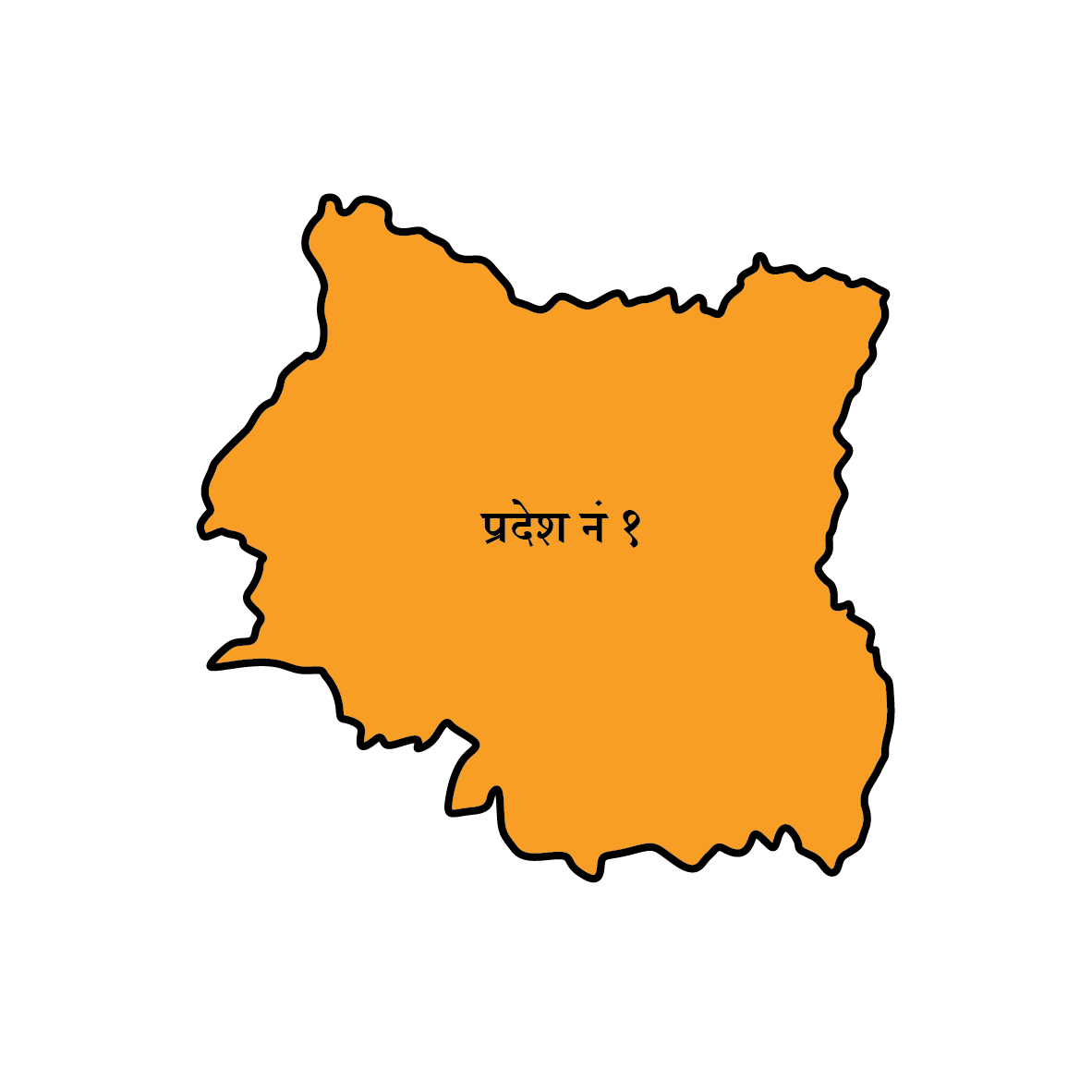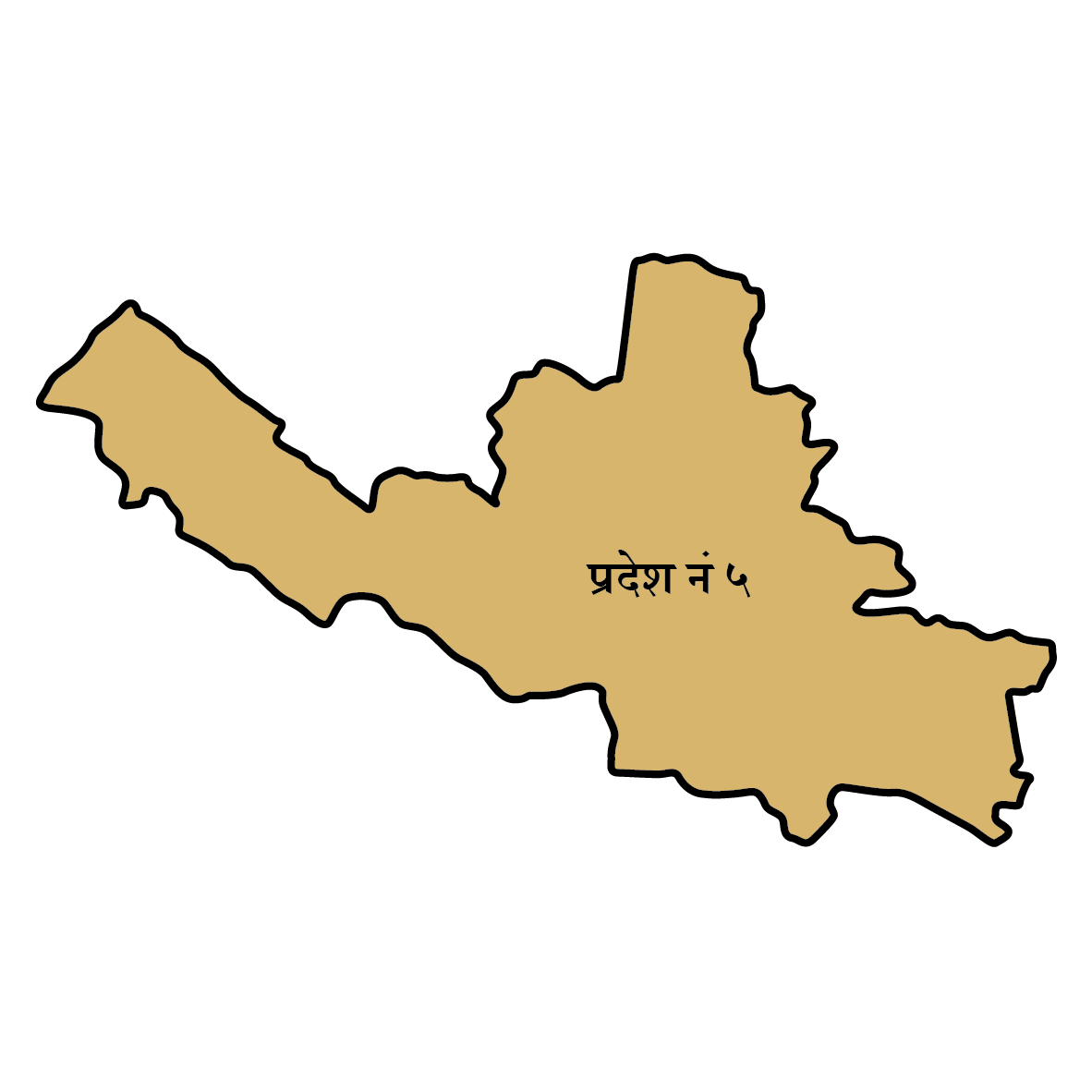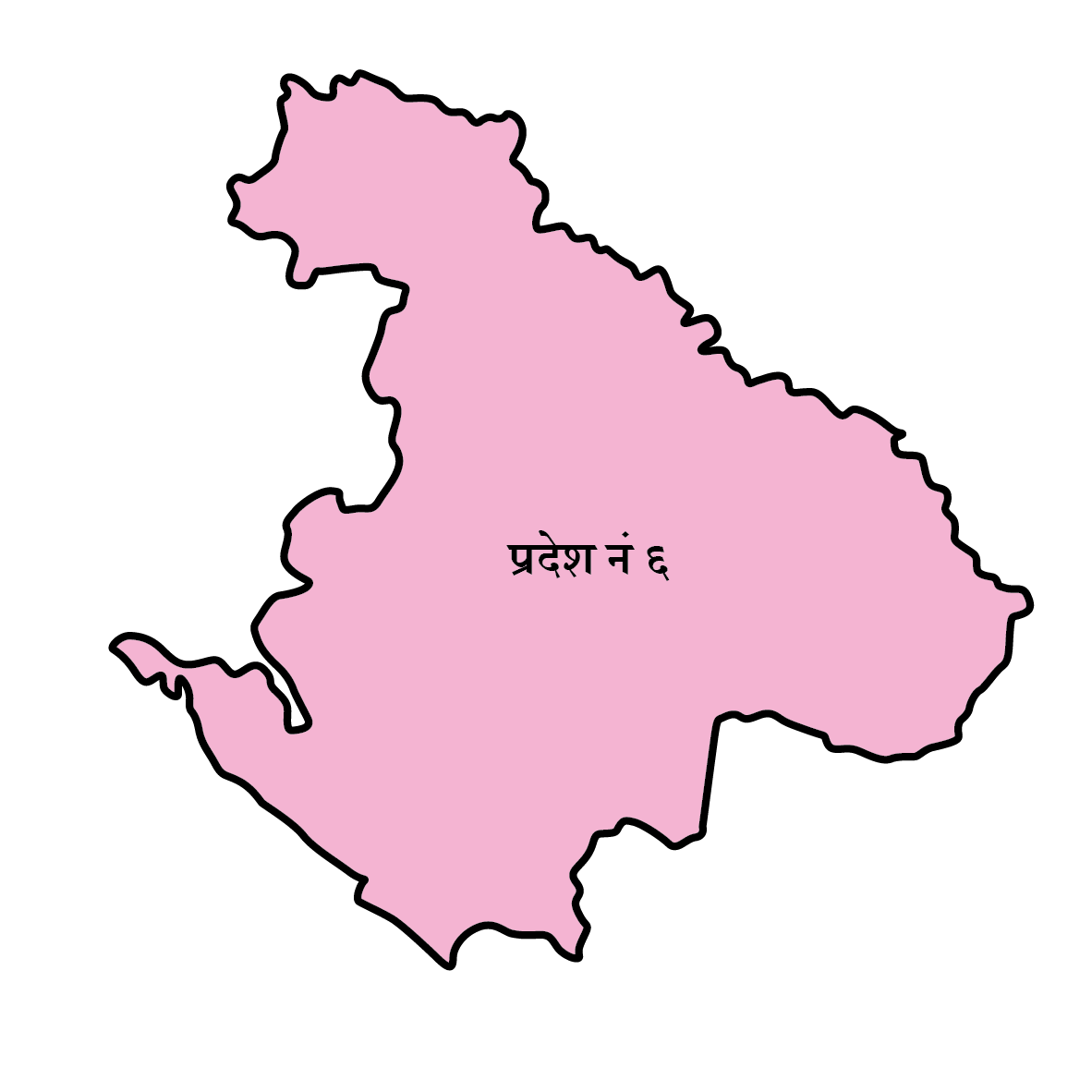Many of us feel nervous and often find our mind blank the moment we receive the question paper. Attending exam is panic and a stressful matter to the students when they are much focused on the results and their performance. By applying some strategies and having knowledge on writing styles and methods, one can easily overcome the long preserved fear of failing competing exams. Here, in this writing I provide some useful tips that are likely to support you while attending competitive written exams. I hope these tips will definitely help you to begin and frame your answer in an appropriate form with better organization.
1. Structuring your answer before writing:
Give at least 30 sec for structuring your answer before you start writing haphazardly. Many candidates who blindly start writing without framing the answer fail to include many areas of knowledge and lose the track. Thus, you need to roughly sketch the entire framework of your answer briefly at the corner of the same question paper or answer sheet. You have to draw a framework that can clearly guide you for your intro, body, sub headings, figure/graph and the conclusion while dealing in detail.
2. Knowing and Addressing the Question’s Need, Area and Direction
Filling up many pages alone and writing unnecessary details cannot guarantee good marks. You should not write the answer going beyond the question’s expectation/area/ concerns. Many students attempt to writer much longer answer and they perform in a restless and listless way even when they lack good knowledge on the subject.
We have seen many students always reading well, but having no expected results. How many pages and how many words do we write make almost no sense when we fail to grasp the concern of the question and its immediate needs. The most important thing is whether you address what has been asked or not?
3. Write the Introduction Section Clearly but Precisely
Many tend to write half page even for a short introduction. But, two to three lines or maximum 4 lines of introduction is enough when one question is already joined with other sub questions. While introducing any topic, subject of knowledge or a concept, you can use scholar’s definition or stipulate your own definition instead of reusing the words stated in the very question itself. Rather you can start with data or facts recently recommended by any agency or research center or writer. Introduction section is the first impression of your knowledge and writing styles both so you should write yours ideas more clearly absorbing information more aptly from the focal area of question and its immediate and prior need.
4. Framing the body part
Body part is the main part of an organized writing. In this section, every student is expected to clarify his/her ideas in detail to make it a complete and wholesome answer to the question. In this section, thesis statement should be well discussed, analyzed and clarified with accurate data, facts, major points and key notes. Being focused on the area and concerns of question, students should list out the major points while supporting any argument. It is necessary to collect evidences, facts and information to clearly organize your ideas in textual form.
In body part, while making the graphs and figure, diagram should substantiate your ideas on the particular topic clearly without your explanation further. Basically, one diagram for each question is sufficient to support the main theme. Diagram adds value to the answer. Moreover, the subheadings should be inside the small box to highlight the major portions which are the most essential in any answer.
5. Futuristic conclusion
Every conclusion must be concrete, dense, tactful, creative, and selective in words. Conclusion should address the broader concept, for example, if the topic is about right to information, you can conclude saying, right to information is the means to promoting transparency and controlling corruption for maintaining good governance. Similarly, you can quote the recent report to show the present scenario of the particular topic to recommend the concerned authorities and stakeholders to take stand on the issue in the future.
Lastly, handwriting doesn’t impact that much negatively however is should be legible, coherent and compact one.

 कोशी प्रदेश
कोशी प्रदेश मधेश प्रदेश
मधेश प्रदेश बागमती
बागमती गण्डकी
गण्डकी लुम्बिनी
लुम्बिनी कर्णाली
कर्णाली  सुदूरपश्चिम
सुदूरपश्चिम














